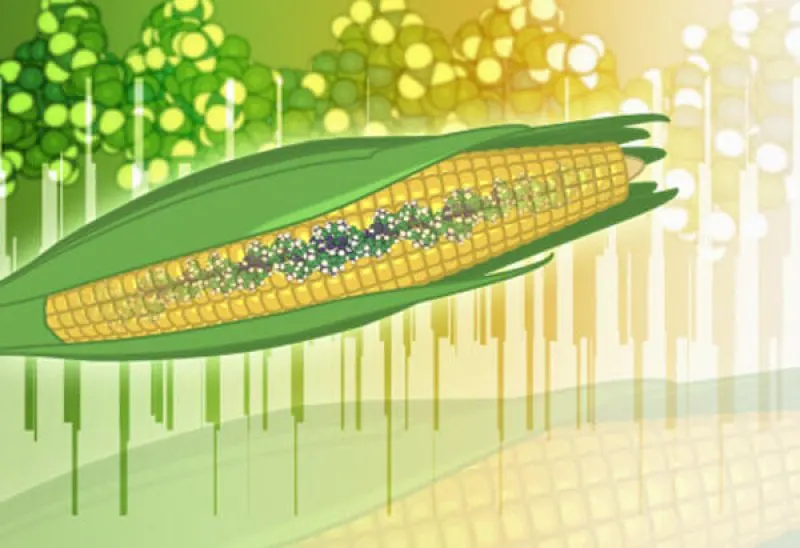CRISPR ‘super corn’ with more kernels could reduce land, fertilizer and water use
CRISPR ‘super corn’ with more kernels could reduce land, fertilizer and water use


Thanks to selective breeding over the course of some 9,000 years, humans were able to transform an ancient wild grass with dinky cobs and a handful of kernels into the sweet, juicy corn we know today.
More recently, scientists have used genetic engineering to further transform the crop, resulting in pest-resistant corn. Now, researchers think gene editing — which is far more precise than traditional genetic engineering — could improve corn even more. In a recent study published in Nature Plants, researchers used gene editing to increase the number of kernels on ears of corn.
…
To make their super corn, researchers at Cold Spring Harbor Laboratory in New York and the University of Massachusetts used the gene-editing technique CRISPR to tinker with corn kernel numbers. They targeted a group of genes in the maize genome involved in the promotion of stem cell growth. Like in humans, stem cells provide plants with a source of new cells to regenerate damaged or diseased tissue.
By tweaking one of these genes, ZmCLE7, which acts like a brake to stop stem cell growth, the researchers were able to control the number of kernels the resulting corn produced.
As the planet faces climate change, land degradation, and an ever-increasing human population, [plant biologist Madelaine] Bartlett thinks gene editing could accelerate crop improvements to help ensure food security.
Read the original post

 | Videos | More... |

Video: Nuclear energy will destroy us? Global warming is an existential threat? Chemicals are massacring bees? Donate to the Green Industrial Complex!
 | Bees & Pollinators | More... |

GLP podcast: Science journalism is a mess. Here’s how to fix it

Mosquito massacre: Can we safely tackle malaria with a CRISPR gene drive?

Are we facing an ‘Insect Apocalypse’ caused by ‘intensive, industrial’ farming and agricultural chemicals? The media say yes; Science says ‘no’
 | Infographics | More... |

Infographic: Global regulatory and health research agencies on whether glyphosate causes cancer
 | GMO FAQs | More... |

Why is there controversy over GMO foods but not GMO drugs?

How are GMOs labeled around the world?

How does genetic engineering differ from conventional breeding?
 | GLP Profiles | More... |

Alex Jones: Right-wing conspiracy theorist stokes fear of GMOs, pesticides to sell ‘health supplements’




 Trust issues: What happens when therapists use ChatGPT?
Trust issues: What happens when therapists use ChatGPT? Fighting deforestation with CO2: Biotechnology breakthrough creates sustainable palm oil alternative for cosmetics
Fighting deforestation with CO2: Biotechnology breakthrough creates sustainable palm oil alternative for cosmetics California, Washington, Oregon forge immunization alliance to safeguard vaccine access against federal undermining
California, Washington, Oregon forge immunization alliance to safeguard vaccine access against federal undermining Viewpoint — Fact checking MAHA mythmakers: How wellness influencers and RFK, Jr. undermine American science and health
Viewpoint — Fact checking MAHA mythmakers: How wellness influencers and RFK, Jr. undermine American science and health 30-year-old tomato line shows genetic resistance to devastating virus
30-year-old tomato line shows genetic resistance to devastating virus Viewpoint: Video — Big Solar is gobbling up productive agricultural land and hurting farmers yet providing little energy or sustainabilty gains
Viewpoint: Video — Big Solar is gobbling up productive agricultural land and hurting farmers yet providing little energy or sustainabilty gains The free-range chicken dilemma: Better for birds, but with substantial costs
The free-range chicken dilemma: Better for birds, but with substantial costs ‘You have to treat the brain first’: Rethinking chronic pain with Sanjay Gupta
‘You have to treat the brain first’: Rethinking chronic pain with Sanjay Gupta
